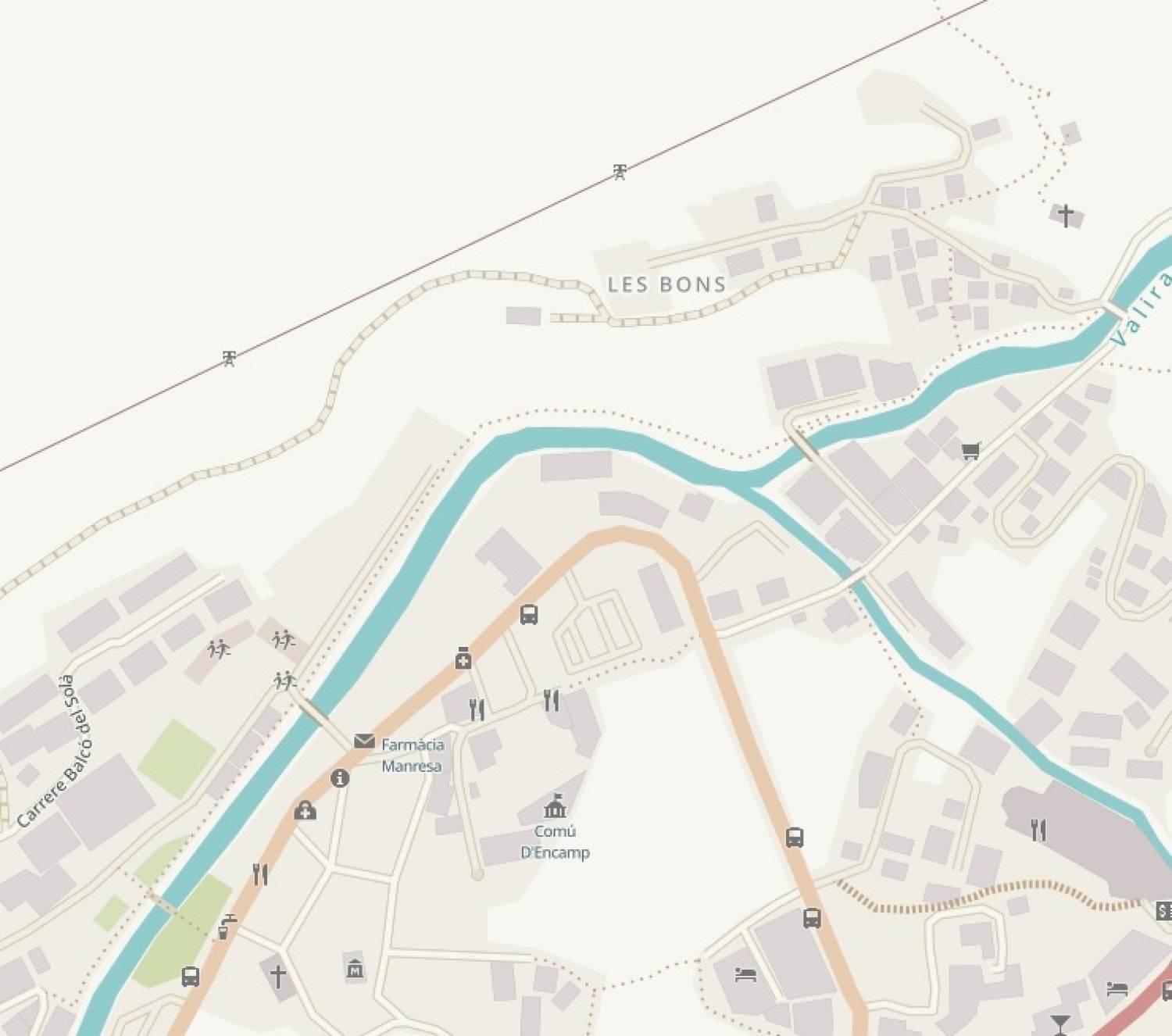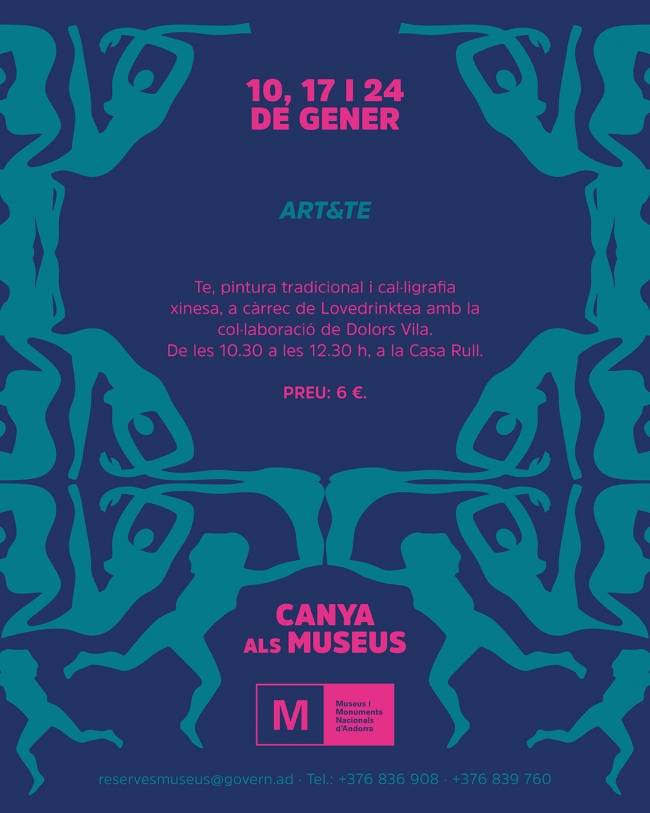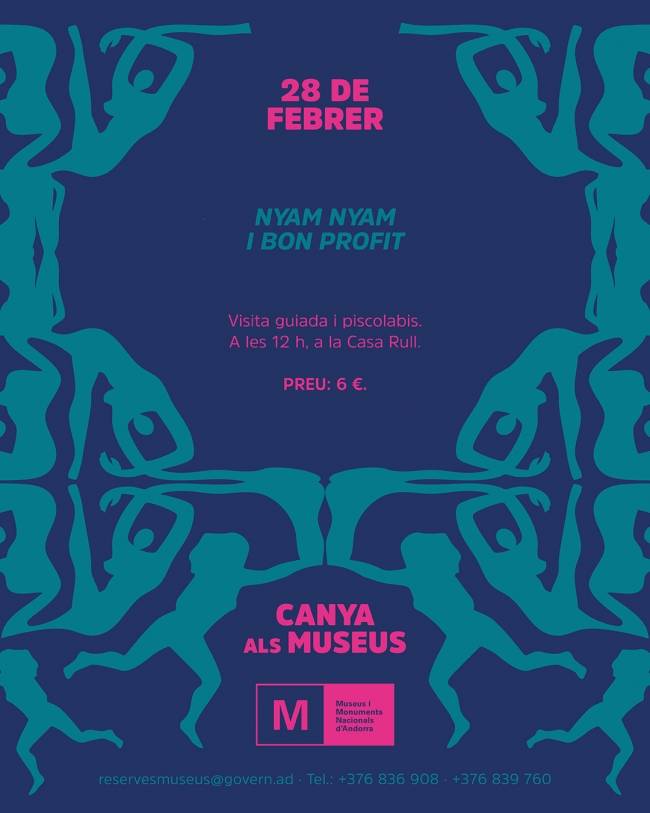Pal is a little village that everybody knows, at least by name but in many aspects it remains secretly hidden, almost shyly and proudly aiming to keep its personality.
Here, time stands still and Pal has become part of the mountain itself.
Pal’s itinerary is a guided tour (duration of one hour) for all collective groups and categories.
During the tour there are 6 stops, the group will discover the characteristics of the old Andorran town that is still visible in Pal. A walk through the town is like a living memory of the past which has been trapped between its stones and streets.
The tours, only for special groups, can be booked writing an e-mail at reservesmuseus@govern.ad.
Elements of the itinerary
Our stroll ends by the Hotel Oros, a pioneering high-quality establishment (long before the Hotel Rosaleda). The current building is the second one, as the first one, built the 1910s, was destroyed by the 1937 flood. Its promoter was Josep Mas from Casa Oros, the first secular teacher of the French School of Encamp and an inquisitive man ahead of his time. His correspondence with many public figures such as Woodrow Wilson, president of the United States of America between 1912 and 1920, has been preserved.
Our stroll ends by the Hotel Oros, a pioneering high-quality establishment (long before the Hotel Rosaleda). The current building is the second one, as the first one, built the 1910s, was destroyed by the 1937 flood. Its promoter was Josep Mas from Casa Oros, the first secular teacher of the French School of Encamp and an inquisitive man ahead of his time. His correspondence with many public figures such as Woodrow Wilson, president of the United States of America between 1912 and 1920, has been preserved.
Our stroll ends by the Hotel Oros, a pioneering high-quality establishment (long before the Hotel Rosaleda). The current building is the second one, as the first one, built the 1910s, was destroyed by the 1937 flood. Its promoter was Josep Mas from Casa Oros, the first secular teacher of the French School of Encamp and an inquisitive man ahead of his time. His correspondence with many public figures such as Woodrow Wilson, president of the United States of America between 1912 and 1920, has been preserved.
Our stroll ends by the Hotel Oros, a pioneering high-quality establishment (long before the Hotel Rosaleda). The current building is the second one, as the first one, built the 1910s, was destroyed by the 1937 flood. Its promoter was Josep Mas from Casa Oros, the first secular teacher of the French School of Encamp and an inquisitive man ahead of his time. His correspondence with many public figures such as Woodrow Wilson, president of the United States of America between 1912 and 1920, has been preserved.
Our stroll ends by the Hotel Oros, a pioneering high-quality establishment (long before the Hotel Rosaleda). The current building is the second one, as the first one, built the 1910s, was destroyed by the 1937 flood. Its promoter was Josep Mas from Casa Oros, the first secular teacher of the French School of Encamp and an inquisitive man ahead of his time. His correspondence with many public figures such as Woodrow Wilson, president of the United States of America between 1912 and 1920, has been preserved.
Ara som davant d’una casa que és potser la més destacable del poble.
Si mirem ràpidament la casa, podem veure que es tracta d’una arquitectura vernacular. Amb tres nivells i una planta quadrangular, s’inclou en la tradició arquitectònica de les cases importants dels Pirineus. Però el que més notem és el seu color immaculat. Doncs era el cas de gairebé totes les construccions fins al segle XX.
La seva rehabilitació forma part d’un projecte de pla més gran de protecció del poble del 1997, amb el qual s’inventaria els edificis, se’n fa una valoració historicoartística i s’estableix la prohibició de modificar el terreny natural.
Però una casa no són només pedres, morter, arrebossat i bigues.
La casa és el lloc “on fem foc i mengem pa”, però també és la totalitat de les propietats i terres així com de tot el grup humà present i passat.
La preocupació principal per a totes les famílies i en tot temps ha sigut preservar el patrimoni i transmetre’l en la totalitat.
De fet, per protegir dit la casa, contra el risc de dilapidació es van imposar unes normes especials, com la indisponibilitat dels béns ancestrals la venda de terres amb la possibilitat de recuperar-les. Aquest sistema sacrificava els interessos dels fills segons que originalment no es podien endur res, però a partir del final de l’edat mitjana se’ls va reconèixer el dret a la legítima.
Aquest sistema ha permès la regulació del nivell demogràfic en relació amb els recursos. Aquí arribem a un punt molt important per entendre la casa del passat. Tot es tracta d’adaptar-se, i per aquesta raó l’edifici (físic) encara és el present. La família rural com la d’Andorra sempre s’adaptarà al sòl que cultiva i explota; és un grup fluid, extens, obert i elàstic en funció de les necessitats: els seus membres, com els materials de casa Nicolau, són els elements autònoms però essencials que n’asseguren la conservació.


